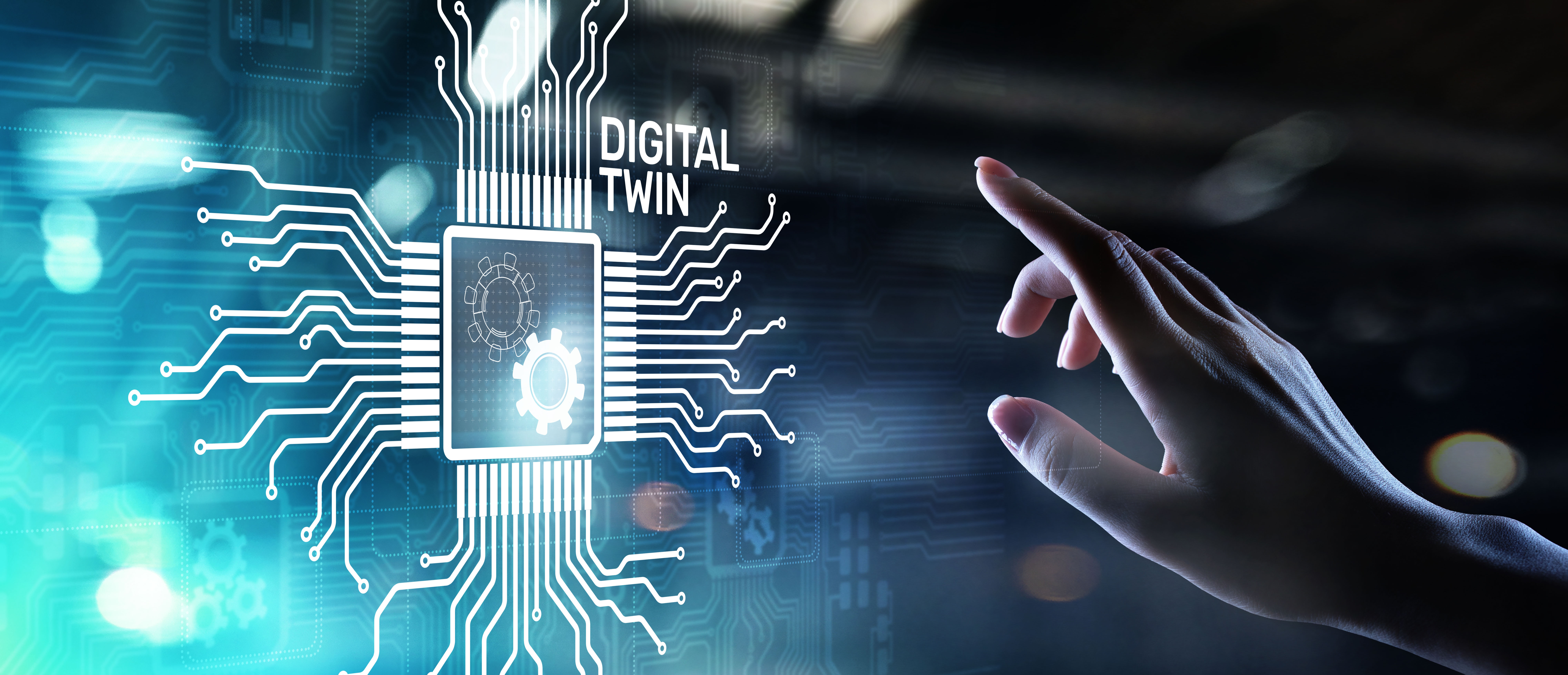Author
 John Boynton
John has worked for EPLAN for 24 years and is our Technical Business Manager. A member of The Institute of Engineering & Technology, and The Engineering Council for over 20 years, John has a wealth of experience and skills ranging from analysing customers' processes in order to identify areas in which could be made more efficient, to project management, consultancy, method counselling and project commissioning.
boynton.j@eplan.co.uk
John Boynton auf LinkedIn
John Boynton
John has worked for EPLAN for 24 years and is our Technical Business Manager. A member of The Institute of Engineering & Technology, and The Engineering Council for over 20 years, John has a wealth of experience and skills ranging from analysing customers' processes in order to identify areas in which could be made more efficient, to project management, consultancy, method counselling and project commissioning.
boynton.j@eplan.co.uk
John Boynton auf LinkedIn
The Digital Twin In Practice
The Digital Twin: Single Source of Truth
The platform is called Industry 4.0. The application environment is the Industrial Internet of Things (IIoT). Your information carrier is the Digital Twin. Formerly a mere term for static digital images of real objects in a CAD environment, the definition of the digital twin is today much broader.
"Digital twins are software representations of things and processes that can be used to understand, predict, and optimise performance [ ...]. Digital twins consist of three components: a data model, a set of algorithms and knowledge. "*
The digital twin is an application-independent, digital description of products, devices, machines, plants, factories and systems or processes. In its industrial application, the digital twin serves as the bridgehead of any IIoT application. It connects people, physical assets, digital units and systems or processes - be it in the interaction between digital twins of different products or processes, in the reception of continuously available information of physical assets or as a data hub and interface of human-initiated influence.
The Key Element: Practical Relevance
In practice, the digital twin is used as an information container in view of the time-space dimension, which is re-evaluated with product lifecycle models. Once created and made available in the cloud, the digital twin can be used everywhere. The digital twin integrates information from multiple sources in each life cycle phase.
It opens up the value-added potential of CAx-based design and development - in the early stages still known as a digital prototype - through product production, product distribution and operation, through to maintenance, servicing, recycling and re-engineering. The consulting firm Deloitte defines the dynamic role of the digital twin as "a developing digital profile of the historical and current behavior of a physical object or process that helps to optimise business performance. The digital twin is based on extensive, cumulative, real-time data measurements that are made across dimensions in the real world." **
The digital twin ensures greater efficiency and reliable overall planning in all stages of the product life cycle right through to re-engineering/recycling:

The Digital Twin is used in all stages of the product life cycle and contributes to greater efficiency in the overall process.
When used correctly the digital twin can open up new horizons in project planning and production. In our whitepaper 'Electrified - the Digital Twin', you will learn more about the details of using the digital twin in creating harnesses.
* Source: https://www.ge.com/digital/applications/digital-twin
** Source: Deloitte Consulting: "Industry 4.0 and the digital twin - Manufacturing meets its match". Deloitte University Press, 2017.




Comments